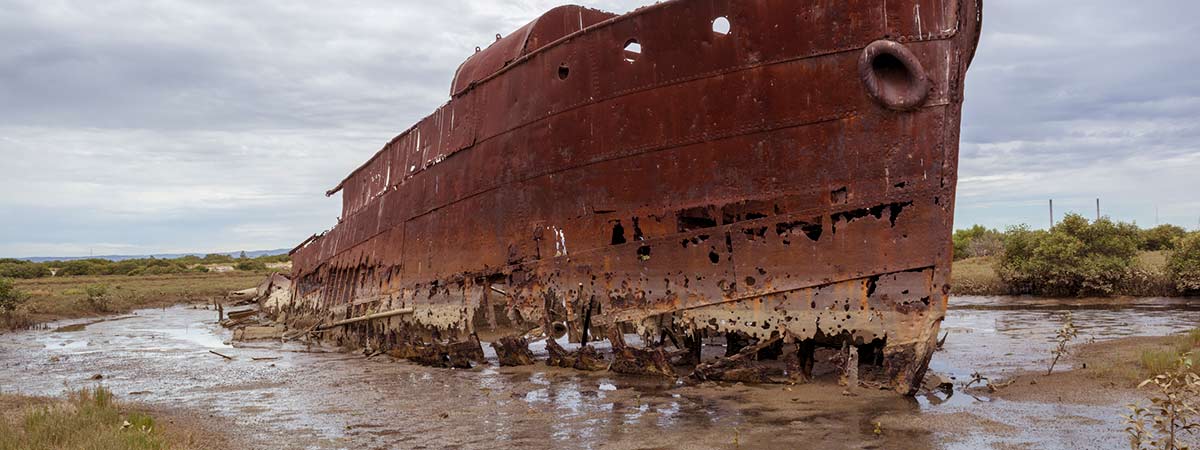The evaluation of biofouling and surface condition is based on the ASTM standard 3623-78a. The rating method has been slightly modified to better reflect the fouling that occurs at the FIT test site. Photographs are taken to record the fouling and condition of the surface. Fouling on the clear coat glass panels is recorded by scanning from the uncoated side of the panel. This enables the fouling that is attached to the surface to be monitored for growth and changes in structure.
Biofouling and surface condition
The fouling is rated according to the percentage of the intact portion of coating or surface that is covered by a particular type of fouling organism and by the physical condition of the coating. Fouling on portions of the panel where no test surface is present is ignored.
-
Report absorbed organic and inorganic chemicals, trapped silt and detritus, diatoms, initial algal germination and low form algae as "slime".
-
Report immature and mature forms of individual or colonial foulers as percent cover.
-
Report the physical condition of the coating, according to the definitions shown in ASTM 3623-78a, as a percentage of surface affected by film defects. Identify deterioration of undercoats and separate into their individual components (antifouling (AF), anticorrosion (AC), tiecoat (TC) etc.).
Calculations
- Fouling Resistance (F.R.) Award each test surface free of fouling except for the presence of algal spores and other biological slimes a rating of 100. If other forms of fouling are present, obtain the rating by subtracting from 100 the percentage cover of fouling present.
- Physical Condition Award a test surface having no defects 100. Subtract the percent surface affected by defects from 100 to obtain the rating for imperfect films. The type of film deterioration is described qualitatively.
- Overall Performance Award the lowest rating from the fouling resistance and physical condition to the test surface.
Photographic comparison
Digital photographs are taken of the panels during inspection and they provide an easy method to compare the performance of different surfaces. Photographic images, however, only show the surface fouling and due to overgrowth this may not be representative of the fouling that is actually adhered to the surface.
Scanning clear coat glass panels
The most accurate method to monitor fouling attachment and growth is by using clear coatings applied over glass panels. A scanner is used to take images of the fouling through the uncoated side of the panel. This method enables accurate settlement, growth and orientation data to be obtained.

